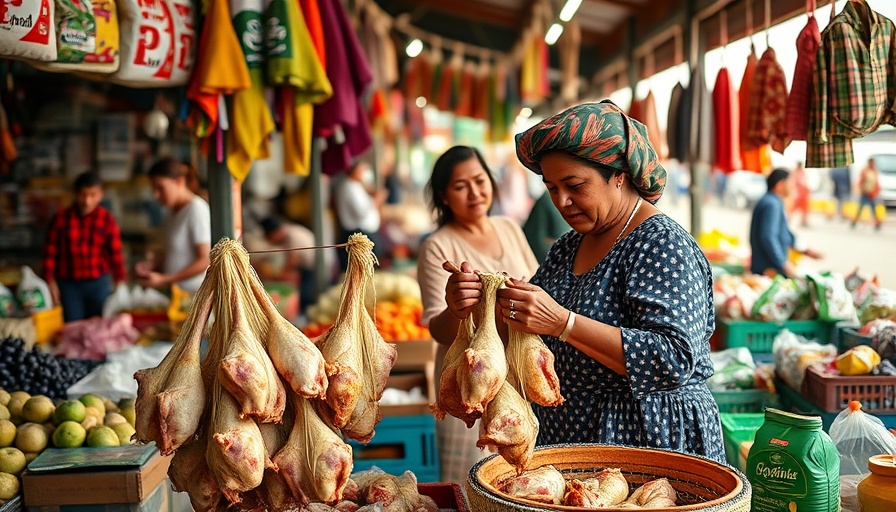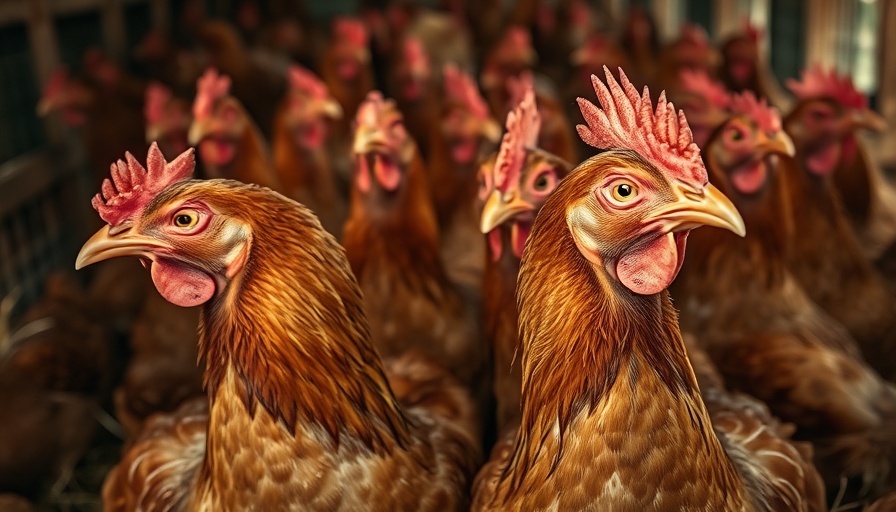
Thailand's Vigilance Against Avian Influenza Threats
In response to the rising threat of H5N1 avian influenza, Thailand has intensified its monitoring efforts at the Cambodian border. Health officials are reacting to the confirmation of new human cases in Cambodia, where the mortality rate from this strain of bird flu remains alarmingly high.
The Context of H5N1 in the Region
Dr. Opas Karnkawinpong, Permanent Secretary of Thailand’s Ministry of Public Health, has emphasized the importance of ongoing surveillance, despite Thailand not reporting a human case of H5N1 in nearly two decades. This context is crucial as neighboring countries, like Cambodia, face significant challenges with the virus—highlighted by seven confirmed infections and a reported five fatalities among them in just recent months.
Public Health Recommendations
As part of Thailand's approach, a coordinated "One Health" strategy is currently in place. This initiative encourages collaboration among various ministries, local authorities, and health agencies to combat the risks associated with avian influenza. Dr. Opas has urged citizens to maintain strict hygiene practices, avoiding contact with sick or dead poultry, and to wear gloves when handling birds.
Seeking Timely Medical Attention
Officials are asking the public to remain vigilant. Anyone developing symptoms—such as fever or respiratory issues—after visiting areas where bird flu cases have been reported should seek medical attention immediately. Early intervention is critical in managing potential outbreaks.
Conclusion: A Call for Awareness and Health Vigilance
As this public health situation develops, it serves as a reminder of the interconnectedness of wildlife health, agricultural practices, and human health. Awareness and proactive measures are essential in protecting communities from avian influenza.
 Add Row
Add Row  Add
Add 




Write A Comment